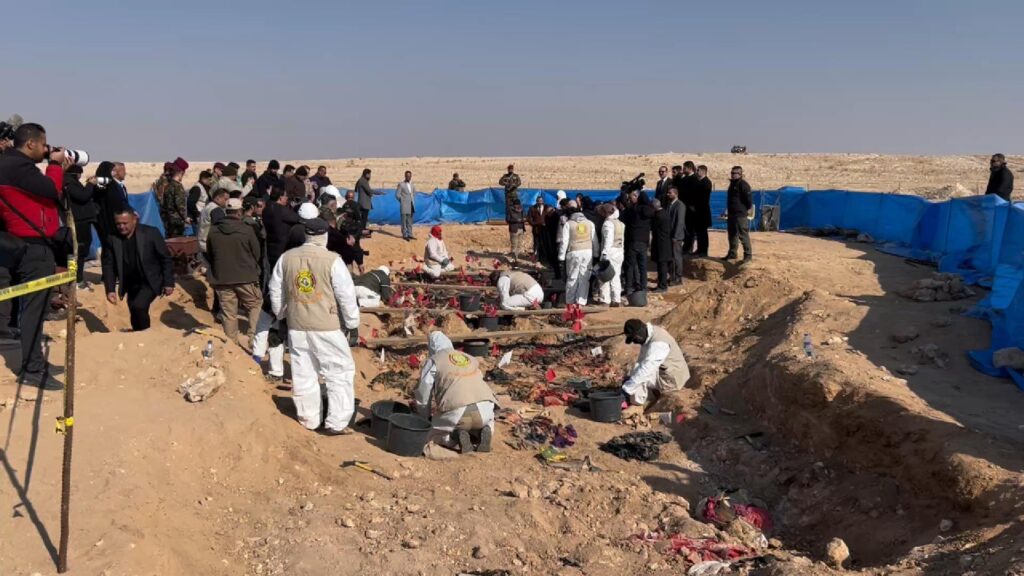Case Management Guidance for Disease Outbreak – Iraq Child Protection Sub-Cluster Situations where Access to Affected Communities in and outside of Camps is Limited [EN/AR]
Case Management Guidance for Disease Outbreak – Iraq Child Protection Sub-Cluster Situations where Access to Affected Communities in and outside of Camps is Limited
Introduction:
Children are particularly vulnerable during infectious disease outbreaks for three main reasons: 1. Children have specific susceptibilities to infection during infectious disease outbreaks; 2. Infectious diseases can disrupt the environments in which children grow and develop and 3. Measures used to prevent and control the spread of infectious diseases can expose children to protection risks1.
This guidance provides a short overview of the CP risks associated with disease outbreak. It also provides practical steps and actions for child protection case management actors to follow in order to prepare for the impacts of disease outbreak and the subsequent impact to access to children and their caregiversin and outside of IDP and refugee camps, based on the scenario that access may become limited by measures taken to prevent and control the spread of infectious disease.
Child Protection Risks associated with Disease Outbreaks:
Separation of children from caregivers: Children can become separated from their primary caregiver due to death or disability of caregiver, if either the caregiver or child is isolated for quarantine, or the child is abandoned after they have received treatment or have been quarantined.
Psychological distress: Children can feel fear of being infected with the disease, and may also be frightened by health or aid workers wearing personal protective gear (including masks), isolation due to quarantine can leave children feeling anxious and lonely, children or their caregivers may be stigmatized if they are infected, or are suspected to be infected with, the disease.
Sexual Violence: The illness or death of caregiver reduces family protection, reliance on outsiders to transport goods and services to the community, who may prey on children’s reduced supervision or demand sex in return for assistance.
Child Labour: Loss of household income due to death or illness of caregiver increases the risk of child labour – and for girls in particular transactional sex. Physical Violence: Household and community quarantine measures can lead to tensions between caregivers and children in the household, resulting in increased parental frustration and corporal punishment, increased obstacles to reporting physical violence.
Neglect: Children may not receive consistent levels of social and/or cognitive stimulation, closure of school and other facilities.
![Case Management Guidance for Disease Outbreak – Iraq Child Protection Sub-Cluster Situations where Access to Affected Communities in and outside of Camps is Limited [EN/AR]](https://reliefweb.int/sites/reliefweb.int/files/styles/m/public/resources-pdf-previews/1489268-case_management_guidance_-_disease_outbreak_-_iraq_fv_english_as.png)


